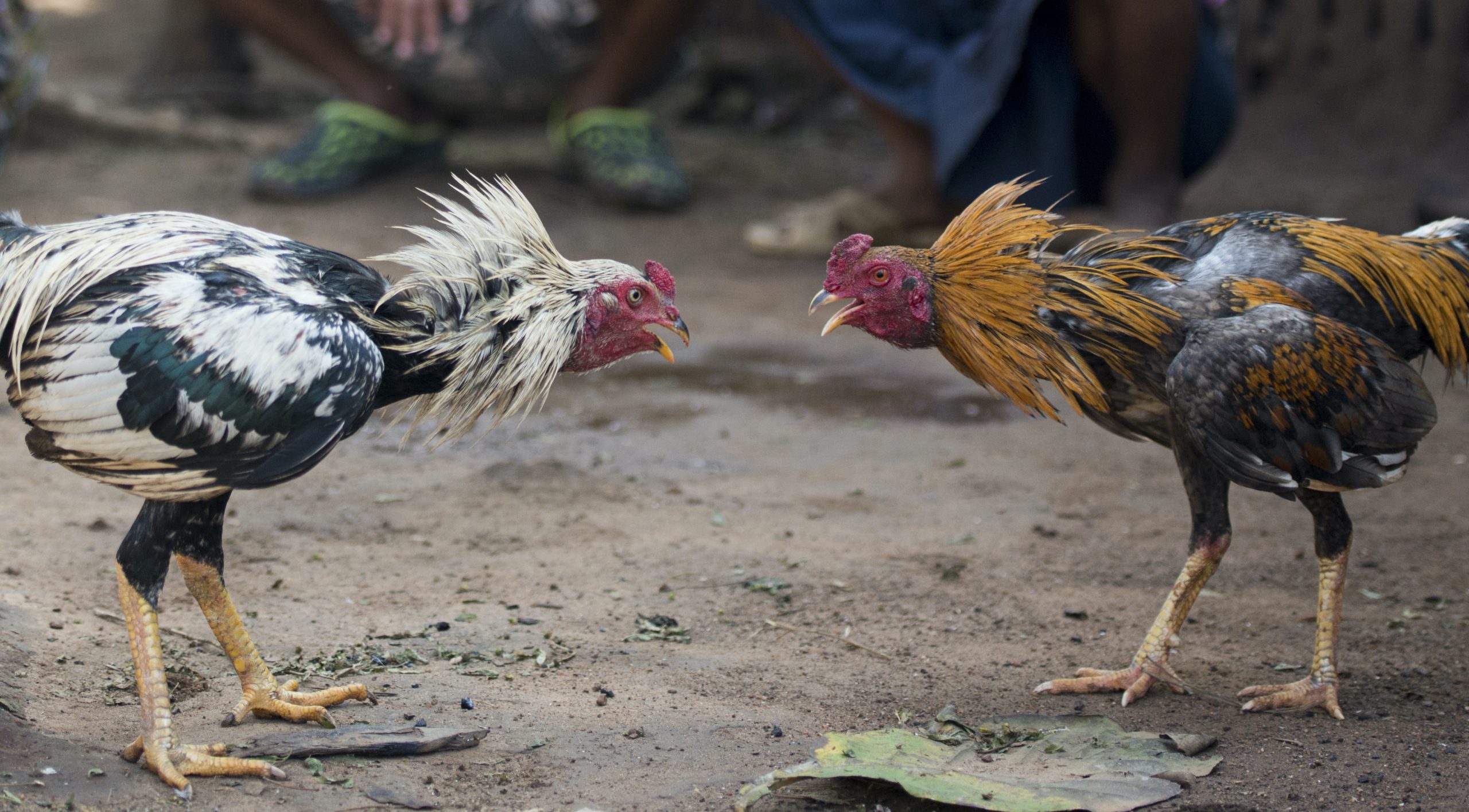
Cockfighting, which has ancient origins, has captivated and sparked controversy across cultures and continents. This activity, entailing two cocks fighting each other in a regulated environment, is often steeped in heritage and ritual, providing a glimpse into the cultural beliefs and historical narratives of various societies. While viewed as a form of entertainment by some, it faces significant ethical examination and legal challenges worldwide.
The global view on cockfighting reveals a rich tapestry of cultural importance and tension. In regions like Southeast Asian countries and parts of Latin America, it is considered a longstanding tradition with strong foundations in local customs and celebrations. In opposition, many countries have outlawed the practice due to worries over animal welfare and abuse. This conflict of perspectives underscores the complexities surrounding cockfighting, illustrating how a seemingly straightforward sport can invoke intense emotions and provoke debates about ethics, tradition, and our connection with animals.
History of Gamefowl Combat
Gamefowl fighting has archaic origins, believed to date back over six millennia. The sport is thought to have originated in Southeast Asia, where it evolved from natural bird battles in the natural habitat. Early documentation indicate that it was performed in places like the Indian subcontinent and China, where it gained renown and became intertwined with cultural and spiritual practices. The birds were often seen as symbols of courage and power, and their battles were sometimes linked to ritualistic events.
As civilizations advanced, cockfighting spread across various regions, including the Mediterranean and the New World. The Greeks and Romans embraced the activity, often incorporating it into their public and entertainment activities. Ancient writings detail how notable figures, including rulers, were known to support and participate in cockfighting events. By the time of the Empire of Rome, it became an integral part of the cultural fabric, honored for its intensity and expertise.
In the contemporary era, cockfighting has persisted to evolve, adapting to local traditions and regulations. Although it remains a popular pastime in several countries, it has also come under criticism due to animal rights concerns. Legal status varies widely across the world, with some regions holding it as a valued tradition, while others view it as an inhumane practice. The activity evokes strong emotions, leading to ongoing debates regarding its place in modern society.
Cultural and Social Meaning
The tradition of cockfighting has long roots in multiple societies across the world, often representing bravery, power, and unity. In numerous societies, these events are not just about betting; they serve as a assembly point for relatives and friends, building connections and shared traditions. The drama of the fight holds the audience’s interest, producing a collective experience that transcends mere diversion.
In some regions, notably in parts of Southeast Asian nations and Latin America, cockfighting is linked with regional customs and festivities. Rituals and celebrations surrounding these events frequently reflect the cultural essence of the community, displaying local heritage through particular practices and values. Involved individuals often consider their cockfighters as not just animals, but as symbols of honor and status, leading to a intense investment that elevates the event.
Furthermore, the attraction of cockfighting reaches to its historical significance, where it has been seen as a rite of passage in many communities. It has frequently been used as a way to instill values such as perseverance and competitiveness. As societies evolve, the perspectives on cockfighting carry on to spark debates, showcasing the conflict between cultural heritage and contemporary ethical considerations, yet it continues to be a enduring element of cultural significance in various places.
Legality Worldwide
Cockfighting is a deeply contentious topic, with its legal status varying significantly throughout different regions. In certain nations, such as the Philippine Islands and parts of Latin America, this practice is not only legal but also deeply rooted in local culture. These regions often host structured events that attract large crowds, contributing to the economy of the region. Here, the sport is viewed as a cultural tradition, with regulations in place to ensure the welfare of the animals involved, although debates over animal rights persist.
Conversely, numerous nations, including much of Europe and several U.S. states, have enacted strict laws against cockfighting. In these areas, the practice is deemed a form of animal cruelty, leading to severe penalties for event coordinators and participants. Advocacy groups are working tirelessly to raise public consciousness about the cruelty associated in cockfighting, contributing to a growing belief that such activities should be banned to protect the welfare of animals.
The global debate over this activity continues, with some advocating for its preservation as a part of heritage while others argue for stricter bans based on moral grounds. RR88 This division highlights the intricate relationship between cultural identity, the rights of animals, and legal frameworks, making cockfighting a focal point of debate in the realm of ethics and sports worldwide.